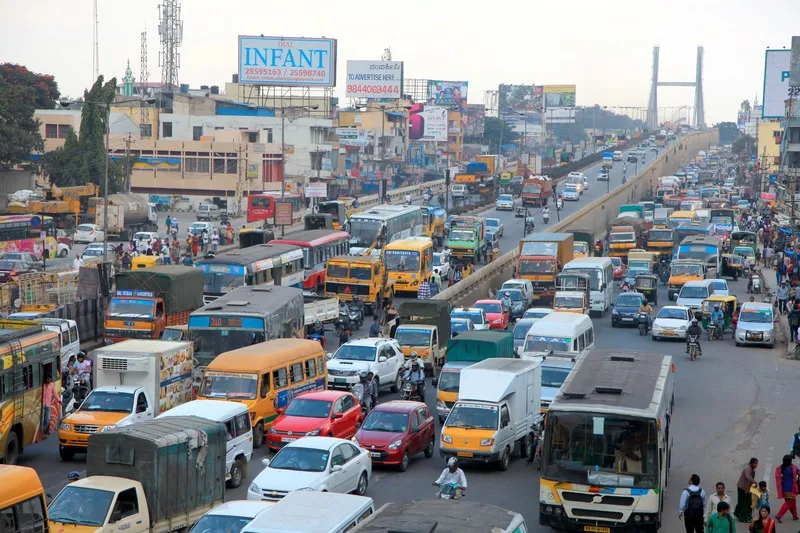The ASEAN region is set to become the 6th biggest automotive market globally by 2018 with vehicle sales almost doubling to nearly 4.7 million units as compared to 2.4 million in 2011, according to new analysis from Frost & Sullivan. Entitled CEO 360 Degree Perspective of the Automotive Industry in ASEAN, (covering four key automotive markets in ASEAN - Indonesia, Malaysia, Thailand and Vietnam) the study finds that the market is likely to grow at a compound annual growth rate (CAGR) of 10.1 per cent (2011-2
August 24, 2012
Read time: 2 mins
The ASEAN region is set to become the 6th biggest automotive market globally by 2018 with vehicle sales almost doubling to nearly 4.7 million units as compared to 2.4 million in 2011, according to new analysis from Frost & Sullivan. Entitled CEO 360 Degree Perspective of the Automotive Industry in ASEAN, (covering four key automotive markets in ASEAN - Indonesia, Malaysia, Thailand and Vietnam) the study finds that the market is likely to grow at a compound annual growth rate (CAGR) of 10.1 per cent (2011-2018), mainly driven by growth in Thailand and Indonesia.
“Individually, none of the ASEAN countries has featured in the top ten markets globally, but as a region, it has assumed greater importance in the last few years due to the implementation of the ASEAN Free Trade Agreement in 2010 and healthy rivalry among ASEAN member countries to attract foreign investments,” says Frost & Sullivan research manager Asia Pacific Automotive Practice, Vijayendra Rao.
“Thailand and Indonesia vehicle sales are likely to hit one million units by 2013 driven by local demand, increased buying power and significant investments from Japanese OEMs.”
Indian and Chinese automotive companies are also looking at expanding to ASEAN, being a competitive automotive production base and a net vehicle exporter with strong competency in certain product ranges.
"Thailand is expected to continue its dominance as a production hub in ASEAN due to the significant investments by Japanese OEMs, incentives from the Government, good supply base and required talents," Rao predicts. “In Indonesia production will cater to local demand, mainly driven by the shift of ownership to cars, multi-purpose vehicles and sports utility vehicles from motorcycles.
“Individually, none of the ASEAN countries has featured in the top ten markets globally, but as a region, it has assumed greater importance in the last few years due to the implementation of the ASEAN Free Trade Agreement in 2010 and healthy rivalry among ASEAN member countries to attract foreign investments,” says Frost & Sullivan research manager Asia Pacific Automotive Practice, Vijayendra Rao.
“Thailand and Indonesia vehicle sales are likely to hit one million units by 2013 driven by local demand, increased buying power and significant investments from Japanese OEMs.”
Indian and Chinese automotive companies are also looking at expanding to ASEAN, being a competitive automotive production base and a net vehicle exporter with strong competency in certain product ranges.
"Thailand is expected to continue its dominance as a production hub in ASEAN due to the significant investments by Japanese OEMs, incentives from the Government, good supply base and required talents," Rao predicts. “In Indonesia production will cater to local demand, mainly driven by the shift of ownership to cars, multi-purpose vehicles and sports utility vehicles from motorcycles.







